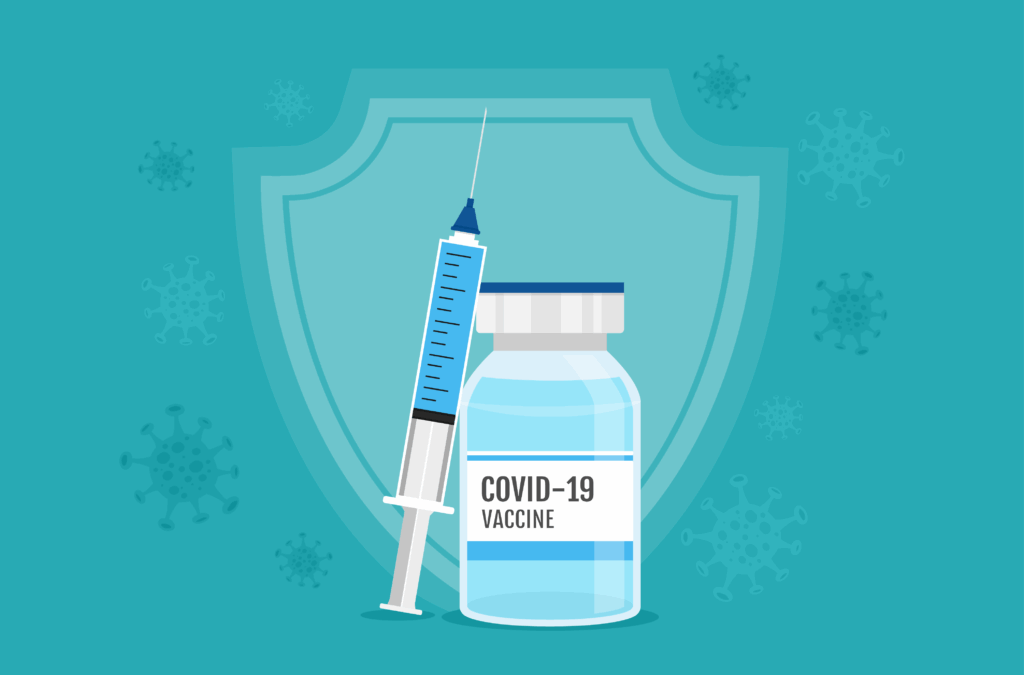
Covering Childhood Disabilities

Launched in spring 2024, Juno offers employer-sponsored coverage for parents whose children have a severe illness, injury, or disability.
Kesmodel discusses Juno’s creation and the toll that a childhood disability can take on a family’s finances and an employee’s ability to function in the workplace.
Your medical insurance covers therapies, hospitalization, and drugs. What parents are left with is the aftermath when the child comes home from the hospital and they have to stay with the child all day. They have to outfit their home, outfit their car. They have a permanent, long-term care responsibility for that child. There’s nothing that covers that. The two major expenses that are uncovered are caregiving expenses and loss of income if you have to quit your job. If you try to go back to work, you’re going to have to pay for caregiving, to the tune of $100,000 a year or more. Somebody has to take care of the child and it costs you your job or costs you more money for a caregiver than most Americans probably can afford.
Benefit payouts range from $50,000 to $500,000 and it’s a cash benefit. We pay it out monthly over time. And we pay it out based on the severity of the disability. Parents can use it for whatever they need to use it for.




